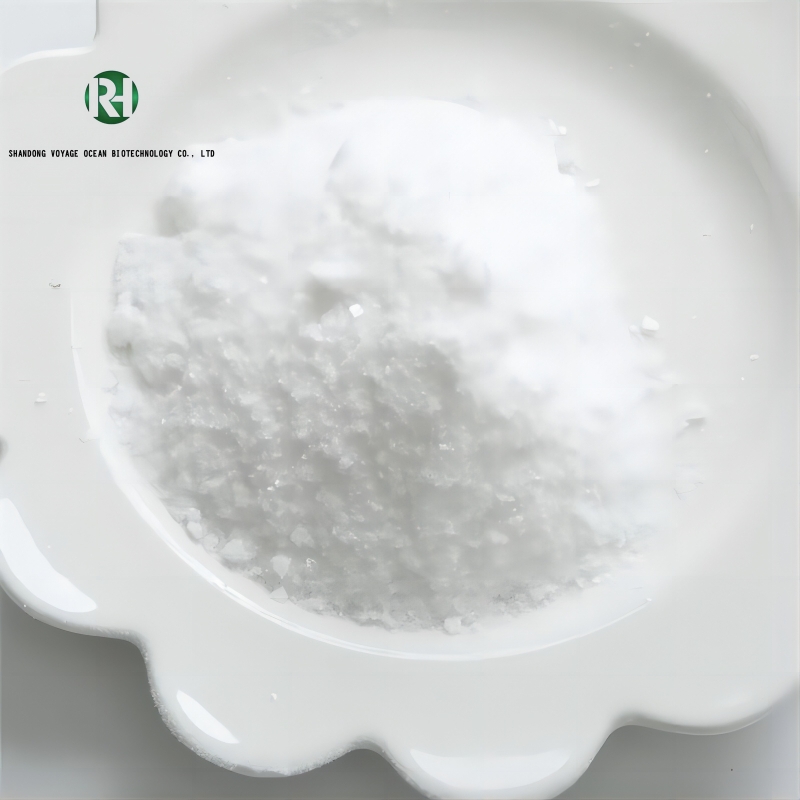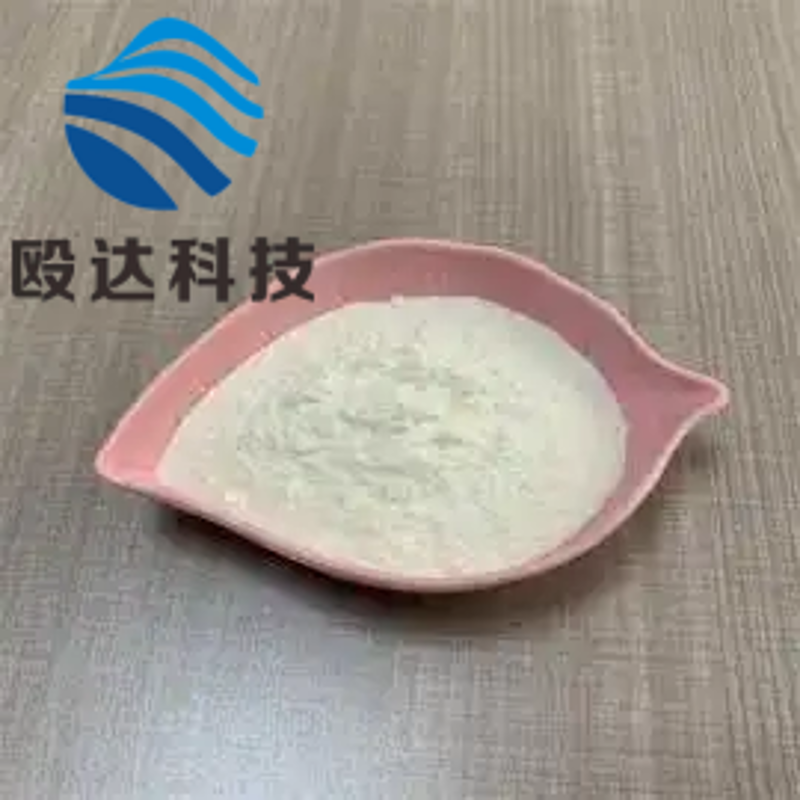-
Categories
-
Pharmaceutical Intermediates
-
Active Pharmaceutical Ingredients
-
Food Additives
- Industrial Coatings
- Agrochemicals
- Dyes and Pigments
- Surfactant
- Flavors and Fragrances
- Chemical Reagents
- Catalyst and Auxiliary
- Natural Products
- Inorganic Chemistry
-
Organic Chemistry
-
Biochemical Engineering
- Analytical Chemistry
- Cosmetic Ingredient
-
Pharmaceutical Intermediates
Promotion
ECHEMI Mall
Wholesale
Weekly Price
Exhibition
News
-
Trade Service
With the wide application of packaging materials, the requirements for the performance of packaging materials are also getting higher and higher
.
Packaging materials are required to have tensile strength, heat resistance, cold resistance, and barrier to gas and water vapor.
Luminosity, heat resistance, cold resistance, barrier to gas and water vapor.
Gloss, transparency and heat seal strength.
Printability, non-toxicity and other properties
.
The single-layer film cannot meet the above requirements at the same time, so multi-layer composite packaging materials have been developed to meet the needs of
different users.
First, the classification of composite packaging materials, according to the material structure is divided into four categories, namely paper/plastic; Plastics/Plastics; Paper/aluminum/plastic; Plastic/aluminized film
.
Second, the composite packaging material peeling strength definition: that is, under the specified peeling conditions, the material pasted together is the force
required when the width is peeled from the contact surface.
Three.
Method standard for peel test of composite packaging materials: GB/T8808 - 88<Peeling test method for flexible composite plastic materials"
.
1.
The scope of application of this standard: the determination
of the peeling force of various soft composite plastic materials on plastic composite on plastics or other substrates (such as aluminum foil, paper, fabrics, etc.
).
2.
Test principle: the specimen of the specified width will be stripped in a T-shaped manner at a fixed speed, and the average peeling force
of the composite layer and the substrate will be determined.
The test speed is 300 soil 50mm/min
.
Fourth, the test equipment :P MT-05 medical packaging physical property tester ETT-AM electronic tensile testing machine ETT-H20 horizontal tensile machine five, test application tensile strength and deformation rate tensile force tear resistance shear performance heat sealing performance 180 ° peeling 90 ° peeling low speed winding force release paper peeling force adhesion strength test (soft) adhesion strength test (hard) six, test method in accordance with the national standard GB 8808 "soft composite material peeling test method" Conduct experiments
.
For different composite film materials, the test methods are also slightly different
.
The composite film adopts the A method, and the artificial leather and woven composite materials adopt the B method
.
The A-method specimen is (15±0.
1) mm wide, 200mm long, and the tensile speed is (300±5) mm/min
.
The B specimen is (30±0.
2)mm wide, 150mm long, and the tensile speed is (200±5)mm/min
.
Except for the difference in specimen size and test speed, the A-method has the same test conditions as
the B-method test.
Seven, specimen testing: during the test, first of all, the two ends of the peeled part of the specimen are clamped on the upper and lower fixtures of the testing machine, so that the longitudinal axis of the peeled part of the specimen coincides with the center of the upper and lower fixtures, and the tightness is appropriate
.
Then turn on the testing machine and stretch the specimen, at this time the unpeeled part and the extrusion direction are T-shaped
.
Record the stripping force curve
during specimen stripping.
According to the shape of the curve obtained by the test, the approximate value method is used to determine the peeling force, that is, the midline of the peeling force curve is made, and the arithmetic average of the longitudinal and transverse peeling forces is calculated for each group of specimens, and two significant digits are taken, with N as the number
.
If necessary, the average peel force (N/m) over the specimen width can also be calculated, as well as the maximum, minimum and standard deviation
of the stripping force.







